Buhl Building
Introduction
Text-to-speech Audio
Images
The Buhl Building.
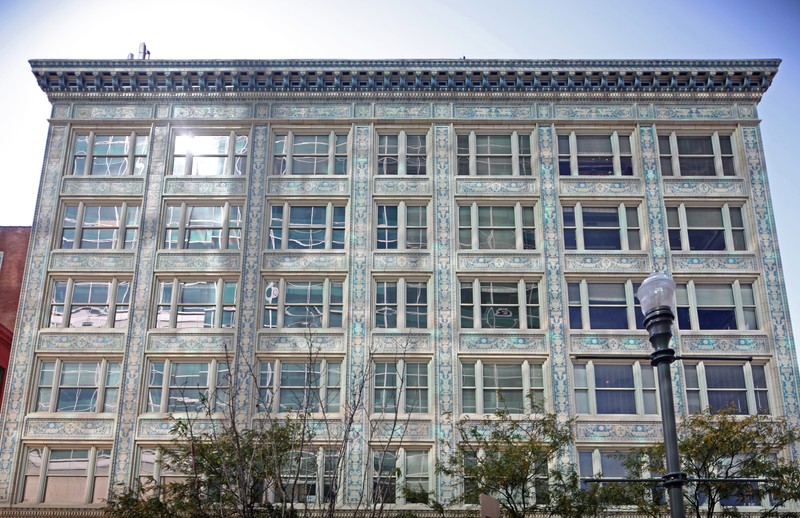
The Buhl Building with its new edition.
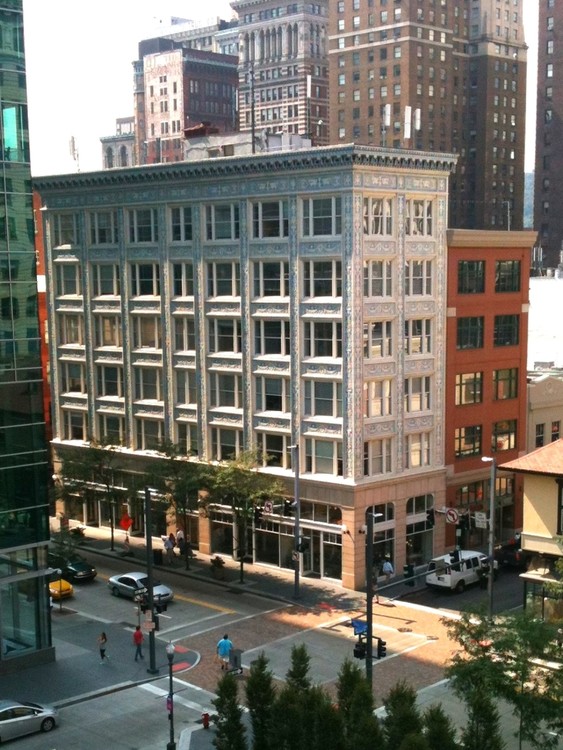
The retail space on the building's first floor.
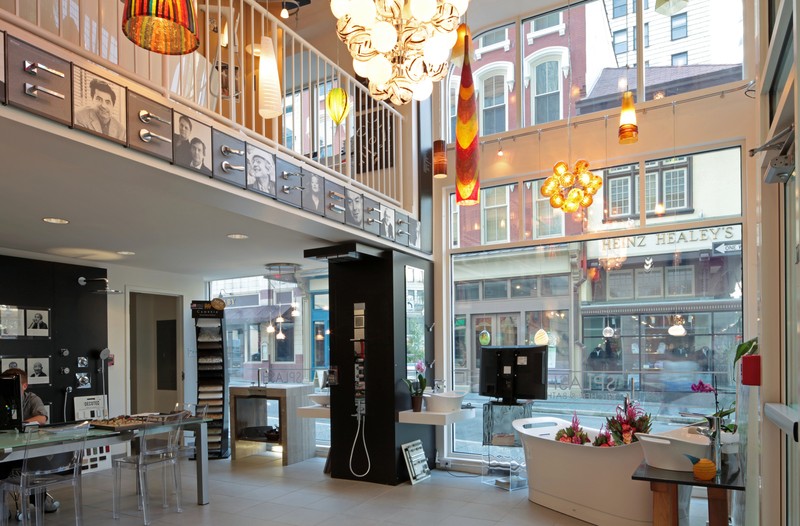
The Buhl Building in 1964
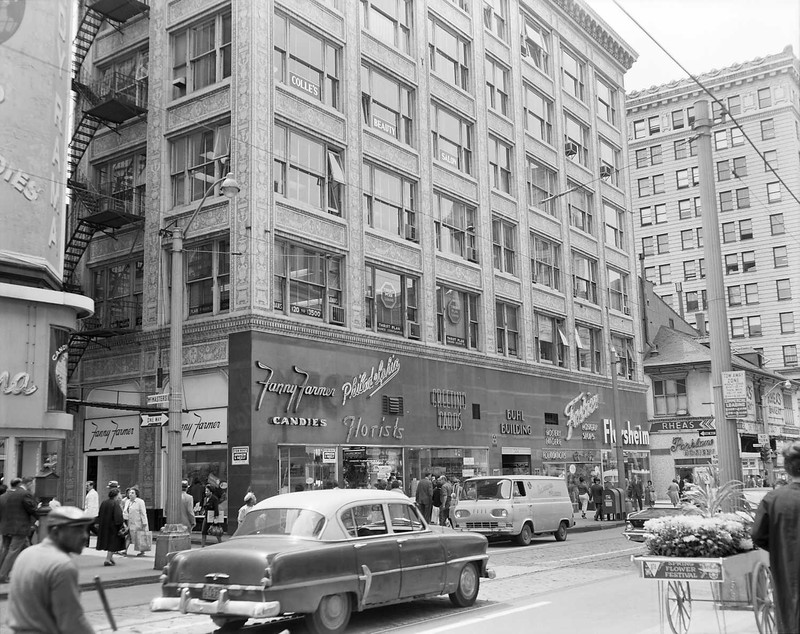
A close-up the Buhl's terra cotta tiles.
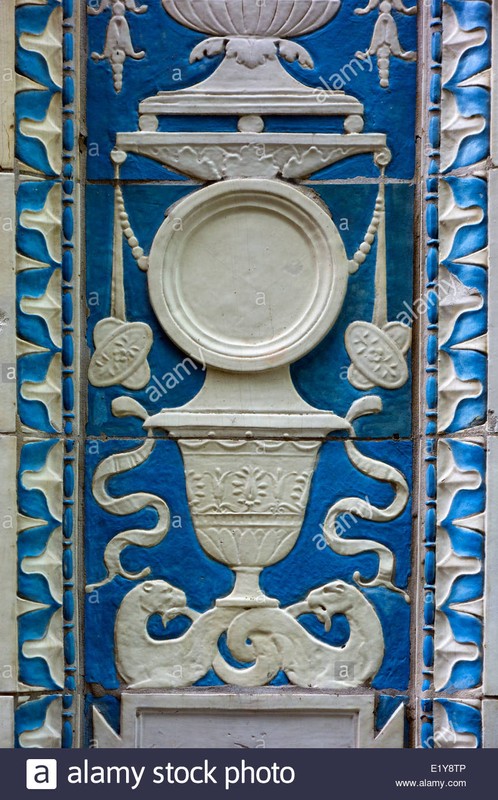
Backstory and Context
Text-to-speech Audio
The narrow building with the funky exterior was initially known as the Bash Building. It was built for local businessmen Frank Nicola and Morris Bash in 1913. When the first floor was renovated in 2008 a sign declaring it the Bash Building caused some initial confusion until some research solved the mystery. As the building was being constructed, Henry Buhl purchased the building in August of 1913 and Buhl permitted Bash’s name to remain until Bash declared bankruptcy in late 1915 or early 1916. The building was then called both Buhl and Bash, interchangeably, until 1922.
The building’s architect, Benno Janssen, also designed the Pittsburgh Athletic Association building (1911), Pitt’s Alumni Hall (1915), the William Penn Hotel (1916), and the Mellon Institute (1937). He passed in 1964.
Numerous businesses have occupied the Buhl’s lower floors, to include a shoe store, an optician’s office, a candy store and a florist. The building was purchased by N & P Properties LLC in December 2007 for $1.35 million. Buildings around the Buhl were demolished in 2008 and the first floor was totally renovated, inside and out, the same year. A red brick addition was added to the building in 2009 and the new owners have granted an easement to the Pittsburgh History and Landmarks Foundation that ensures the unique façade of the building will be preserved in the future.
Sources
Tannler, Albert. "Secrets of the Buhl Building revealed." Pittsburgh Tribune-Review. October 4, 2009. Accessed December 18, 2016. http://triblive.com/x/pittsburghtrib/lifestyles/s_645584.html
Lowry, Patricia. "Buhl Building ready for its closeup." Pittsburgh Post-Gazette. July 4, 2008. Accessed December 18, 2016. http://www.post-gazette.com/ae/places/2008/07/04/Buhl-Building-ready-for-its-closeup/stories/2008070...
Schooley, Tim. "Buhl Building has new owners, makeover could soon follow." Pittsburgh Business Times. January 24, 2008. Accessed December 18, 2016. http://www.bizjournals.com/pittsburgh/stories/2008/01/28/story7.html
